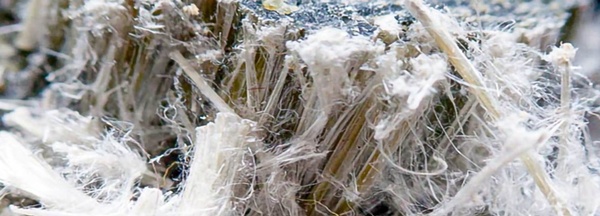Massachusetts Home Inspections YOUR INVESTMENT IS MY CONCERN

Asbestos - What Is It?

Asbestos refers to a group of naturally occurring minerals that form in bundles of fibers, which can be separated into thin threads. Known for their heat resistance, chemical durability, high tensile strength, and electrical resistance, these fibers were widely used for thermal and electrical insulation. Due to these properties, asbestos was commonly added to various building materials.
There are several types of commercial asbestos:
Chrysotile (White Asbestos) – The most commonly used type, accounting for about 99% of asbestos currently used in the United States.
Crocidolite (Blue Asbestos) – Known for its thin, needle-like fibers.
Amosite – Typically characterized by its brown fibers.
Anthophyllite – Usually found in shades of gray.
Asbestos fiber masses can easily break down into fine dust particles that become airborne and cling to clothing. When inhaled or swallowed, these fibers pose serious health risks. Asbestos-containing materials are classified into two categories: friable and non-friable. Friable materials can be crumbled into powder by hand pressure, making them more likely to release asbestos fibers into the air. These materials require strict control measures to prevent fiber exposure. Non-friable materials, on the other hand, are more stable and less likely to release fibers under normal conditions.
Here is what my clients have to say about my home inspection services:
Press F5 (on your keyboard) for additional testimonials
I recently accompanied David Valley during his inspection of the house my son was buying. Having purchased a number of houses during my lifetime, I considered myself very knowledgeable and thorough. However, he surpassed me greatly, picking up on important details I would have missed. He frequently suggested ways on how something could be fixed or improved. He displayed broad knowledge of house structure, heating and cooling system, plumbing, electrical, etc. David is the best home inspector I have ever employed and I recommend him implicitly. Thank you for a great home inspection.
Sincerely yours,
Hartmut S.














